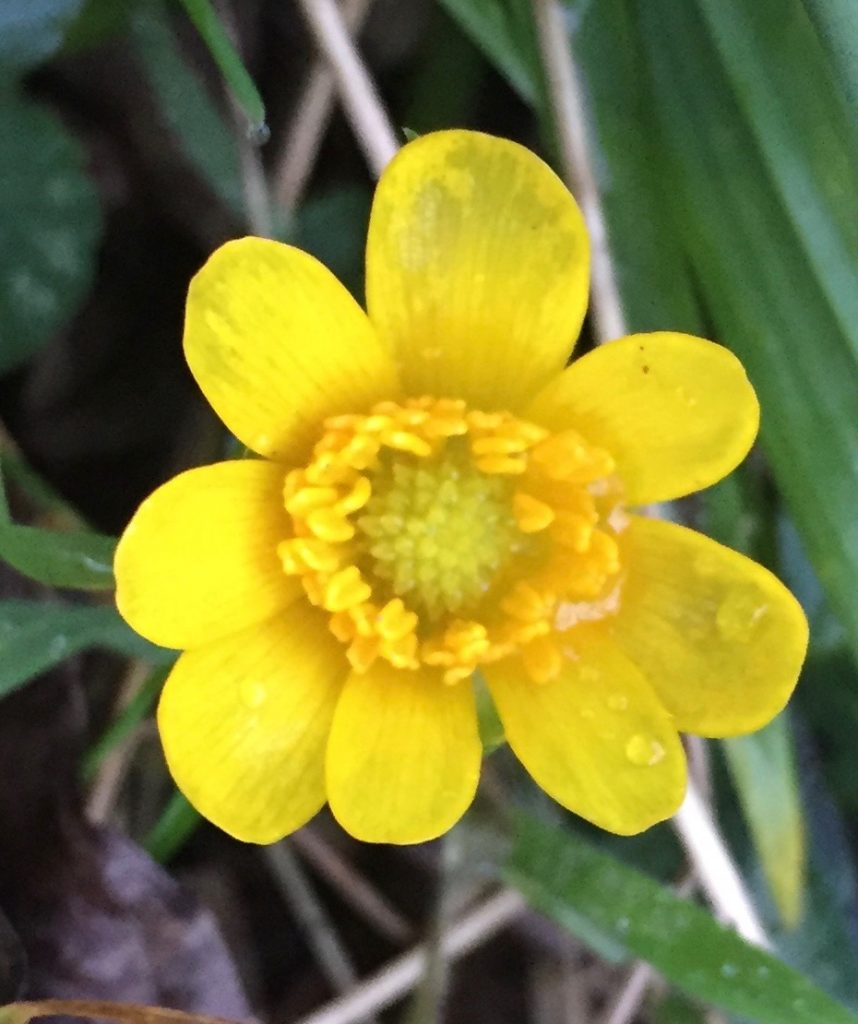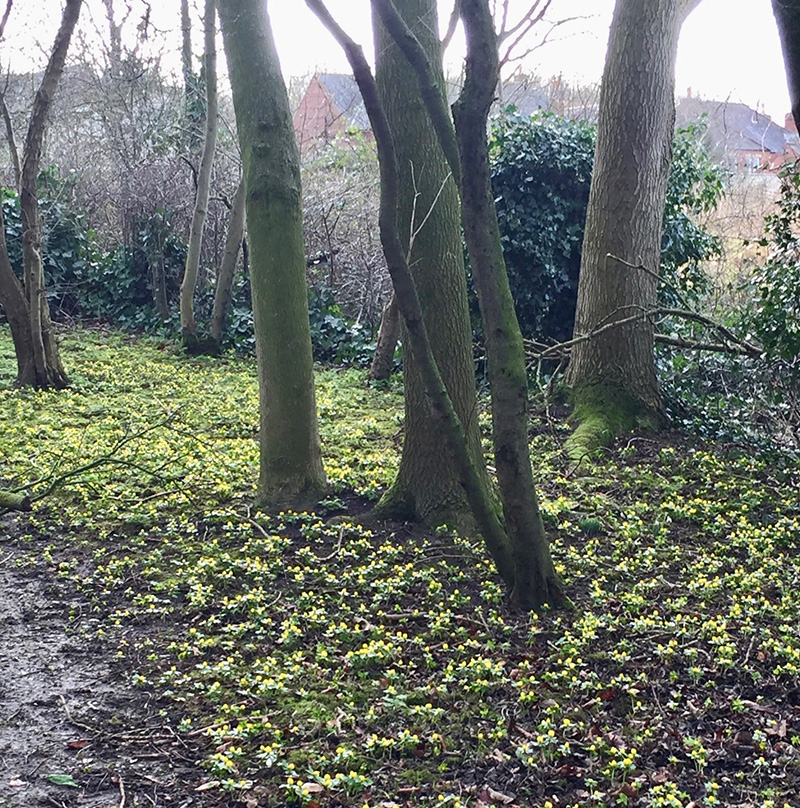A welcome site in late winter I always look forward to seeing these cheery flowers. In a mild winter they may show their faces in January but more often they’ll start to flower in February. They look best grown on masse in a natural setting, under trees where they combine well with Snowdrops. Tricky to establish initially but once settled they will spread naturally. A member of the Buttercup family they are native to Europe. They are best planted in the green after flowering like Snowdrops. Avoid buying dry tubers as these are often tricky to get started. Preferring a position of partial shade in a moist well drained soil they are great for a woodland setting as the plants flower before the canopies of deciduous trees come into leaf.
If you are happy to brave the cold here are some jobs to be getting on with now…..
- Prune old leaves from Hellebores so that the nodding blooms are easily seen. (Also reduces the spread of the leaf spot virus)
- Prune apple and pear trees while they are dormant. Removing dead or dying branches, and about 10-20% of the old wood, with the aim of creating an open centre.
- Peruse the seed catalogues and plan for the growing season ahead, order seed early to avoid disappointment.
- February is the month to prune hardy evergreen hedges such as Privet, Yew, and Laurel prior to mid spring growth.
- Prune Wisteria in February to encourage more flowering spurs, work your way over the climber cutting back whippy tendrils to two or three buds. (These should have already been pruned to five or six buds in the summer prune.)
- Sow a batch of Sweet Peas in a greenhouse or cold frame.
- Cut back deciduous grasses left in tact over winter, ready for new Spring growth.


